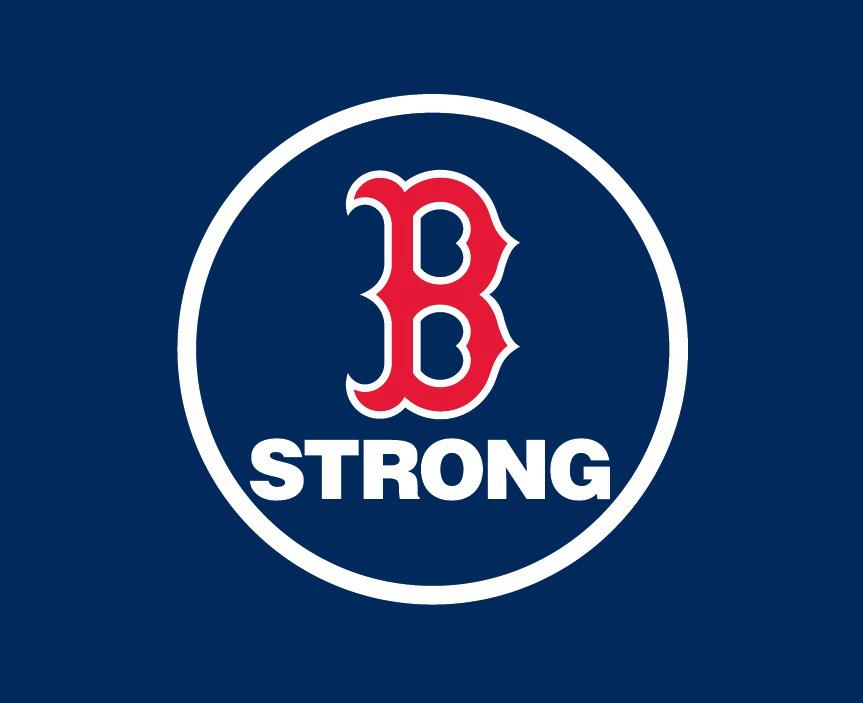It was a crisp, spring day on the afternoon of April 15, 2013. At 2:48 p.m., spectators packed close together on Boylston Street in Boston, Ma., cheering as their family, friends and loved ones began to complete the Boston Marathon, the 117-year-old tradition that is the heart and soul of the New England community. The hallowed race this year had a special cause to run for, the Sandy Hook Elementary shooting victims, each of whom had a mile dedicated to them. The atmosphere of this year’s race was truly something different; there was an excitement in the air to prove to the world that the Marathon was something extra special.
Two pressure cookers detonated at the addresses of 671-673 and 755 Boylston Street this April, shooting out explosive material and shrapnel into the crowded streets. The explosions, upon detonation, injured and maimed approximately 286 people, many of whom suffered “severe arm and leg injuries” that led to countless amputations and emergency surgeries.
Being born and raised in the Boston community, I knew many of the people who participated in the marathon this year. One of my best friends, Katherine Sypek watched her father cross the finish line 14 minutes before the first explosion. She described her fear as she watched a bright, loud fireball erupt across from her. She and her family took cover, not realizing what had just occurred. Katherine remembers panicked shouting from everyone, the cries of young children—and then the second explosion, so loud that her family believed there was an explosion again right across from them.
The next few days were as bizarre as they come for all Boston citizens. The pursuit of Suspects 1 and 2 unfolded as we all huddled around our televisions waiting for updates. We sat in awe as we heard about the murder of Sean Collier by the bombers, and the death of Suspect 1 as his brother drove over him to evade custody after a shooting rampage. We watched as they pulled the bloody boy, Dzhokhar Tsarnaev, from a boat in Watertown, Massachusetts.
As we picked up the pieces, both literally and metaphorically, in the weeks after the bombings, we, and the rest of the nation, started to hear the full story of what really happened. Regardless of who you heard it from, it still was ever-present in our minds.
Soon people talked about how everyone could help the victims. Then came forward the idea of the One Fund, compromised by citizens that would go toward the payment of surgeries of the victims of the blasts. Soon the rallying cry “Boston Strong” came to light. Boston Strong became the beacon of strength, of hope, of love, for the Boston community.
Fast forward to October 30. The Boston Red Sox are taking on the St. Louis Cardinals in their third World Series appearance in 10 years, and their first opportunity to clinch at Fenway in 95 years. As innings pass, the Sox take a 6-1 lead, heading into the 9th. There is something different about this World Series—something special.
As Boston rebuilds and regroups, baseball offers citizens an outlet to express and amplify their newfound hope.
In the city donning playoff beards and a sea of Red Sox gear, there remains a rallying cry as they watch their closer Uehara clinch their championship title. It roars over the rest, it still stands as a statement that we will not forget; it starts as a murmur, and then builds up to a symphony crying “Boston Strong.”
So, one might ask, why is this the most important World Series win for Boston? Why is it that this year has been one of special importance? Why is it that I, along with the thousands of Bostonians, seem to have this sort of attitude about us that makes us unique from all others? It is, as millions of people have come to quote in the past year, because we are Boston Strong. It is not only that, though. It is because Boston is a family, one that united together in the face of tragedy. It is because we fear nothing. It is because we are a city of strong and resilient people. It is because we are not just Boston Strong, but because we are Boston Strong-est.












































































































